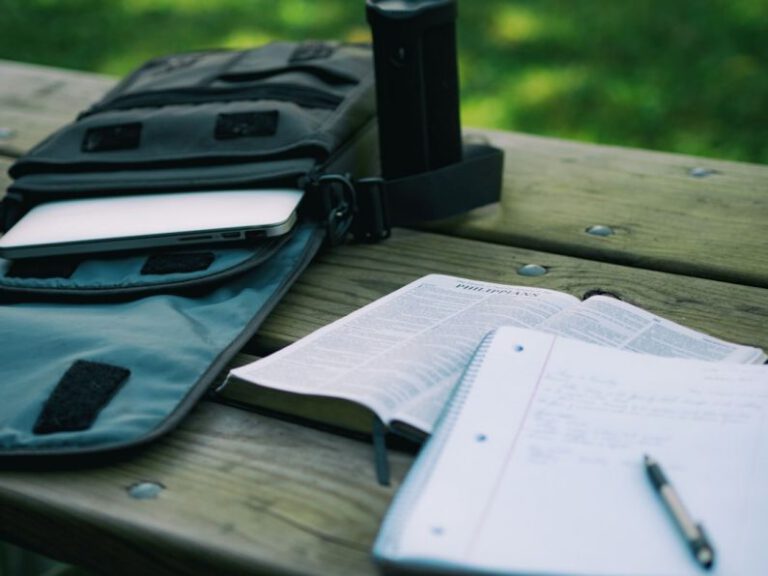Storing Photographs and Photo Albums
Photographs hold immense sentimental value for many people. They capture special moments, evoke cherished memories, and help us relive the past. However, without proper storage, these precious snapshots can become damaged or lost. In this article, we will explore the best practices for storing photographs and photo albums to ensure their longevity and preservation.
Choose the Right Environment
When it comes to preserving photographs, creating the optimal storage environment is crucial. Exposure to excessive heat, humidity, and light can accelerate the deterioration of photographs. Therefore, it is important to store them in a cool, dry, and dark place. Avoid attics, basements, or any area prone to temperature fluctuations and moisture. Instead, opt for a climate-controlled space, such as a closet or a dedicated storage box.
Use Archival-Quality Materials
To protect your photographs from physical damage, it is essential to use archival-quality materials. Acid-free photo albums, sleeves, and storage boxes are specifically designed to prevent deterioration and yellowing. Look for materials that are labeled as “acid-free” or “archival-safe.” These products are made from acid-free paper and plastics, ensuring long-term preservation of your photographs.
Organize and Label
Keeping your photographs organized and labeled is key to easily locating and enjoying them in the future. Consider categorizing them by date, event, or theme. Use acid-free dividers or index cards to separate different sections within photo albums. Additionally, labeling the back of each photograph with relevant information, such as names, dates, and locations, will provide valuable context for future generations.
Handle with Care
When handling photographs, it is important to exercise caution to minimize the risk of damage. Always wash and dry your hands thoroughly before touching them, as oils and moisture from your hands can leave permanent marks. If possible, use cotton gloves to handle fragile or valuable photographs. When removing photographs from albums or storage boxes, do so gently and avoid bending or folding them. Remember, prevention is always better than restoration.
Digitize for Backup
In today’s digital age, digitizing your photographs is an excellent way to create a backup and ensure their preservation. Scanning your photographs and saving them in a digital format allows for easy sharing, printing, and long-term storage. There are numerous scanning services available, or you can invest in a high-quality scanner to do it yourself. Remember to save your digital copies in multiple locations, such as external hard drives and cloud storage, for added security.
Preserving Negatives and Slides
Apart from preserving your printed photographs, it is equally important to safeguard the negatives and slides. These original formats hold valuable information and can be used to create new prints if necessary. To store negatives, use archival-quality sleeves or envelopes specifically designed for this purpose. Keep them in a cool, dry place away from direct light. For slides, consider investing in slide storage boxes or binders that provide protection from dust, moisture, and scratches.
Display with Care
If you enjoy displaying your photographs, choose frames and albums that provide adequate protection. Avoid frames with glass that does not contain UV protection, as it can cause fading and discoloration over time. Consider using UV-filtering glass or acrylic to shield your photographs from harmful ultraviolet rays. When displaying albums, be mindful of the environment and avoid placing them in direct sunlight or near sources of heat.
Preserving Memories for Generations to Come
By following these best practices for storing photographs and photo albums, you can ensure that your cherished memories are preserved for generations to come. Remember to create a suitable environment, use archival-quality materials, handle photographs with care, and consider digitizing for backup. With proper storage and preservation techniques, you can enjoy your photographs and share them with loved ones for years to come.






